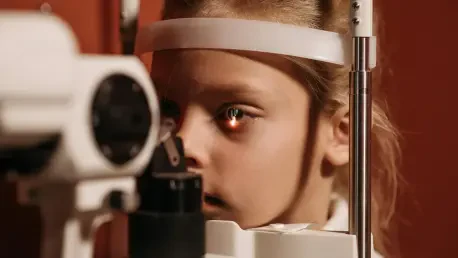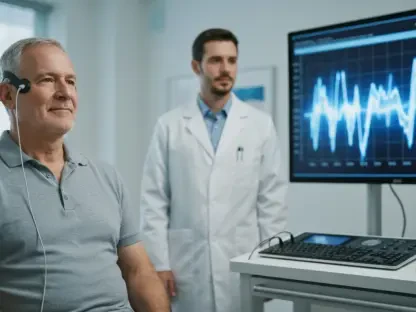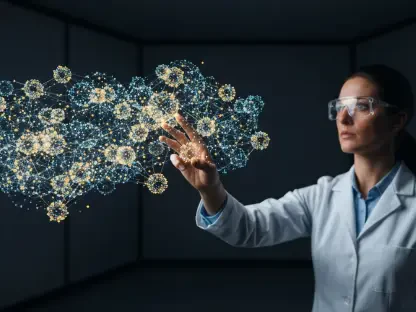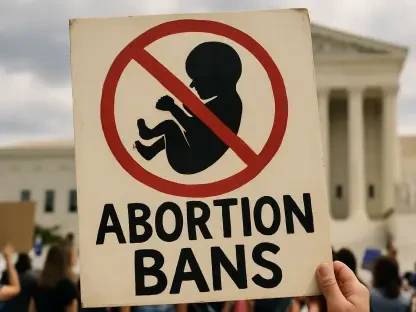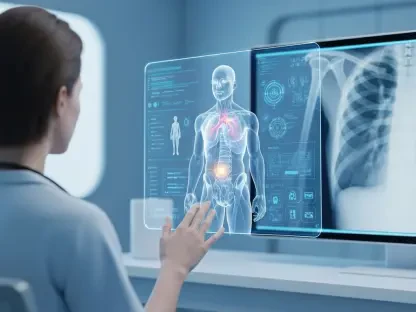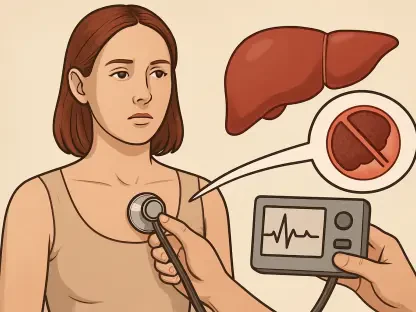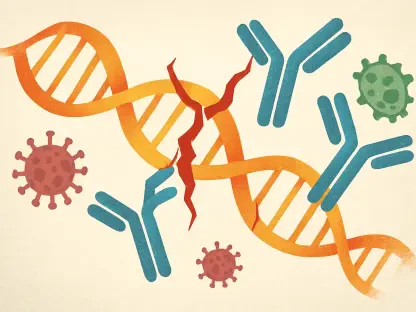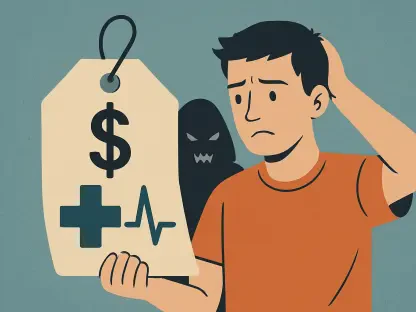In the ongoing battle against child abuse, radiologists have emerged as pivotal figures, wielding advanced diagnostic imaging techniques to identify and prevent harm. This role gained attention at the European Congress of Radiology, where Dr. Rick R. Van Rijn of Amsterdam University Medical Center highlighted the increasing incidents of domestic violence against children, a trend exacerbated during the COVID-19 pandemic. The World Health Organization has shed light on this alarming issue, revealing that globally, six out of ten children under the age of five face violence routinely. In Europe specifically, one in every thirty children experiences abuse, underscoring the urgent need for effective intervention strategies within healthcare.
Imaging Techniques to Identify Non-Accidental Trauma
Importance of Systematic Imaging Protocols
Proper recognition of non-accidental trauma (NAT) in children relies heavily on systematic imaging protocols, which serve as lifesaving measures that prevent further harm. Abusive head trauma stands out as a significant contributor to fatalities and disabilities in abused children, necessitating consistent and reliable methods of detection. While Europe has established a gold standard guideline, “The Radiological Investigation of Suspected Physical Abuse in Children,” implementing these guidelines faces challenges. The often stringent requirements, such as the necessity for forensically trained radiographers, create barriers, especially in countries where these resources are scarce.
Radiologists, regardless of their specialization, can deliver high-quality radiographs crucial for expert analysis. Adhering to the “TEN-4-FACESp” rule provides a systematic approach to identifying suspicious bruising, focusing on specific areas like the Torso, Ears, Neck, and more. Bruising in infants under four months and patterns need particular attention. A tragic incident exemplifies the dire consequences of overlooking these signs—an infant’s unexplained bruising, dismissed and later resulting in fatality, serving as a poignant reminder of the need for vigilance.
The Role of Skeletal Surveys in Abuse Detection
Detecting inconsistencies in reported injury histories plays a crucial role in identifying abuse cases. Situations that include improbable explanations, such as claims of a four-month-old child having walked and subsequently fallen, often raise suspicions. Comprehensive imaging techniques are essential in unveiling abuse, with a complete skeletal survey of thirty-five radiographs forming the cornerstone of accurate diagnostics. This comprehensive approach is vital, as neglecting minor fractures often leads to a lack of abuse identification. Research indicates that in a third of children brought in for single fracture reports, additional undiscovered fractures exist. The significant statistic that forty percent of abusive head trauma cases also reveal fractures elsewhere in the body underscores the necessity of thorough evaluations.
Two weeks following an initial examination, follow-up imaging becomes imperative to identify signs of healing trauma, presenting undeniable evidence of abuse. This imaging sequence should encompass radiographs of specific anatomical regions initially highlighted, alongside the arms, legs, and chest. Dr. Van Rijn mentions a case involving a seven-week-old with whooping cough, where subsequent imaging unveiled healing rib fractures only visible after callus formation, unequivocally pointing to previous trauma. These examples showcase the skeletal survey’s decisive role in revealing abuse.
Advanced Neurological Imaging in Child Abuse Cases
Forensic Value of Neurological Imaging
Taking a closer look at neurological imaging, its significance extends not only to evident cases but also as a forensic tool in suspected instances without neurological symptoms. Often, patterns of recurring trauma emerge through detailed scans, aiding in abuse identification. For example, Dr. Van Rijn shared a chilling narrative from French research where caregivers disclosed incidences such as shaking a child to sleep, tragically leading to death. These situations highlight the crucial need for integrating neurological imaging into child protection strategies, providing essential forensic support and fostering informed conversations with those responsible for caregiving.
Neurological imaging provides critical insights beyond physical symptoms. Children subject to continuous trauma from caregivers often exhibit similar patterns, detectable through brain scans. These distinct patterns offer radiologists a tool to substantiate suspected abuse cases, aiding subsequent legal or protective interventions. By fostering a comprehensive view of signs within each incident, neurological imaging proves vital in constructing robust cases, aiding social services in effectively addressing the issue.
Protecting Siblings and Comprehensive Protocols
Safeguarding siblings of identified victims emerges as a significant concern, requiring proactive measures. An international consensus statement from JAMA Pediatrics urges the screening of all children in contact with abuse victims, utilizing a tiered approach based on age and risks. For children under one year, brain MRIs and comprehensive skeletal evaluations, including spine MRIs if brain irregularities are found, are recommended. Children aged between one and two years necessitate complete skeletal surveys, while those aged two to five require radiological screening only when physical signs suggest abuse. Upon confirming abuse indicators, established national guidelines for these cases come into effect.
Ensuring no trauma indicators are missed necessitates meticulous imaging practices, cementing the importance of skeletal and neurological assessments in gathering evidence of child abuse. Enhancing comprehensive protocols enables early interventions and a valuable support resource for parents and caregivers alike. Addressing the socioeconomic and psychological elements confronting abusers further enriches preventative efforts and support systems, advocating for a holistic perspective on this complex issue.
Conclusion and Future Directions
In the fight against child abuse, radiologists are proving to be invaluable by using sophisticated diagnostic imaging to identify and curb harm. Their critical role was underscored at the European Congress of Radiology. Dr. Rick R. Van Rijn from Amsterdam University Medical Center brought attention to the surge in domestic violence against children, a crisis worsened by the COVID-19 pandemic’s pressures. The World Health Organization has illuminated this dire situation, indicating that globally, sixty percent of children under five endure violence regularly. In Europe, approximately one in thirty children confront abuse, which highlights the pressing need for effective health care strategies to address this challenge. Radiologists, equipped with cutting-edge technology, are uniquely positioned to detect signs of abuse early, potentially saving lives and providing crucial evidence for intervention and prevention measures. Their work is essential in crafting a comprehensive response to this persistent global issue.
